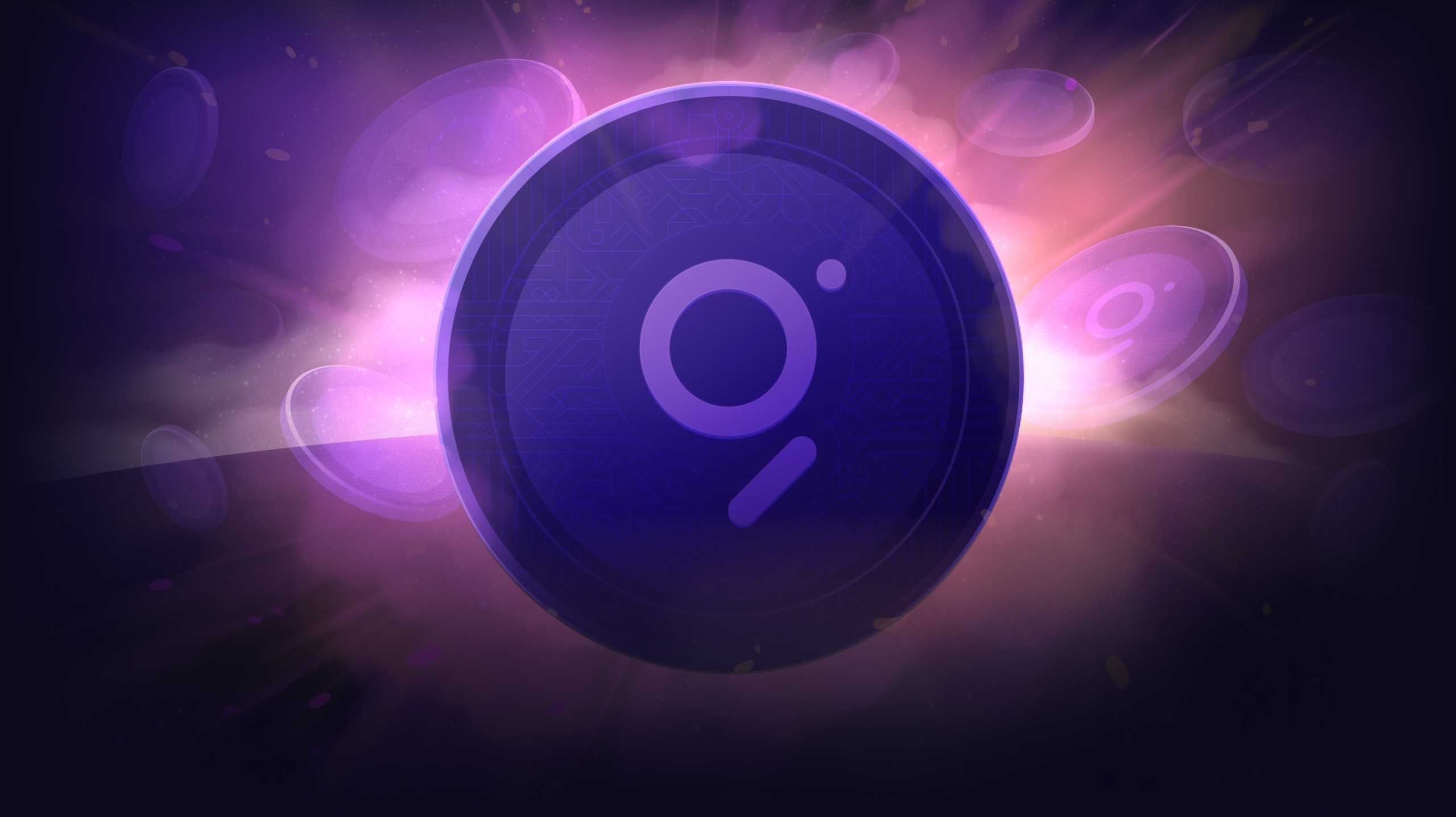
Coinposters
The Graph (GRT): Everything To Know

The cryptocurrency market has grown into a lucrative sector with a wide range of utility and blockchain projects and cryptoassets since Bitcoin’s birth. The Graph, launched in 2018 by Yaniv Tal, Brandon Ramirez, and Jannis Pohlmann, is one of the more recent virtual assets to enter the market with a unique usefulness. Here’s everything you need to know about it.
What is The Graph?
The Graph is a decentralized technology for indexing and searching data from blockchains. This allows individuals or organizations with difficult-to-query data, such as Ethereum transactions on the blockchain, to make it accessible in a way that is easy to query.
Subgraphs are open APIs that may be queried by GraphQL applications. With The Graph, developers will be able to get indexed information in a serverless environment by querying these open data sources on the network.
The Graph mainnet is administered by nodes, and it provides an ideal environment for dApps and developers, while indexers, curators, and delegators use GRT tokens to engage in the marketplace. GRT is The Graph network’s native coin, and it is utilized to allocate various resources inside the ecosystem.
Yaniv Tal is the CEO and co-founder of The Graph. After three years of Beta testing, the network’s mainnet went operational in December 2020. Graph obtained many high-level integrations from emerging DeFi systems shortly after its inception.
How it Works
So the simplest way to explain what The Graph accomplishes with blockchains is to compare it to how Google searches.
To index data from the Ethereum Network, the project uses “Subgraph Manifest.” This refers to data from smart contracts, blockchain events, or transactions that is based on a subgraph.
All data from decentralized applications that is contributed to the Ethereum blockchain via smart contracts follows a specific flow. Transactions are the first stage, followed by subgraph manifests, and lastly a database.
The data processing framework’s second component is the Graph Node. It collects all blockchain data and searches for any that matches user queries to build an index, making searching considerably easier.
GraphQL is a protocol for delivering data from the blockchain to a specific application. This is accomplished by Graph Nodes, which return query results to users’ applications after searching for them with their query.
What Problem it Solves
The goal of the Graph is to retrieve and prepare data from various protocols (e.g., Ethereum or Filecoin). Users will have easy access to data sources and will be able to use the information directly as a result of this. Developers can get this information (for example, token pricing) and use it in their apps.
There’s a chance that data is purposefully changed and consequently doesn’t match reality when using external resources. A trading platform provider, for example, may quote a higher rate on its website and profit.
Smart contracts rely on third-party data sources as well. AMMs (Automated Market Makers) are protocols that automate cryptocurrency trading. Smart contracts, on the other hand, require verifiable data, such as trade prices and market capitalization, to be triggered under specified conditions.
What Makes it Unique
The Graph network was the first blockchain project of its sort when it was created. The Graph offers a unique value as the first decentralized market for accessing and indexing data for dApps. This makes it a fascinating initiative in the blockchain and cryptocurrency space, which may be reflected in the price of The Graph.
The project’s peculiarity stems from its goal, which is to make data on The Graph network freely available to customers. The protocol is run with the help of network participants, with Indexers acting as node operators to establish a one-of-a-kind market for indexing and querying data from various blockchain sources, such as Ethereum networks.
The Graph is the first decentralized marketplace to address the challenges that come with developing dApps, such as indexing issues and proprietary concerns.
Bottomline
In an industry on the approach of another breakthrough year, Graph delivers a much-needed service. The network continues to support the decentralized sector’s innovation and development. As the market grows, expect to see even more DeFi platforms use this safe and effective means of obtaining Ethereum blockchain data. For the time being, Graph is expected to maintain its position as a market leader.
Latest
Altcoins
09 May 2024
Altcoins
19 Apr 2024
Altcoins
16 Jan 2024
Altcoins
31 Aug 2023
Altcoins
24 Jun 2023
Altcoins
24 Jun 2023













